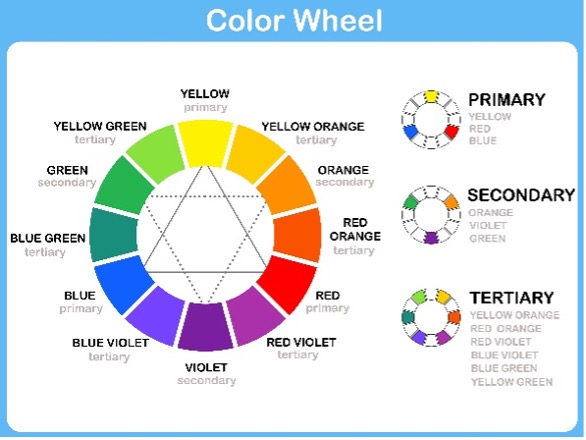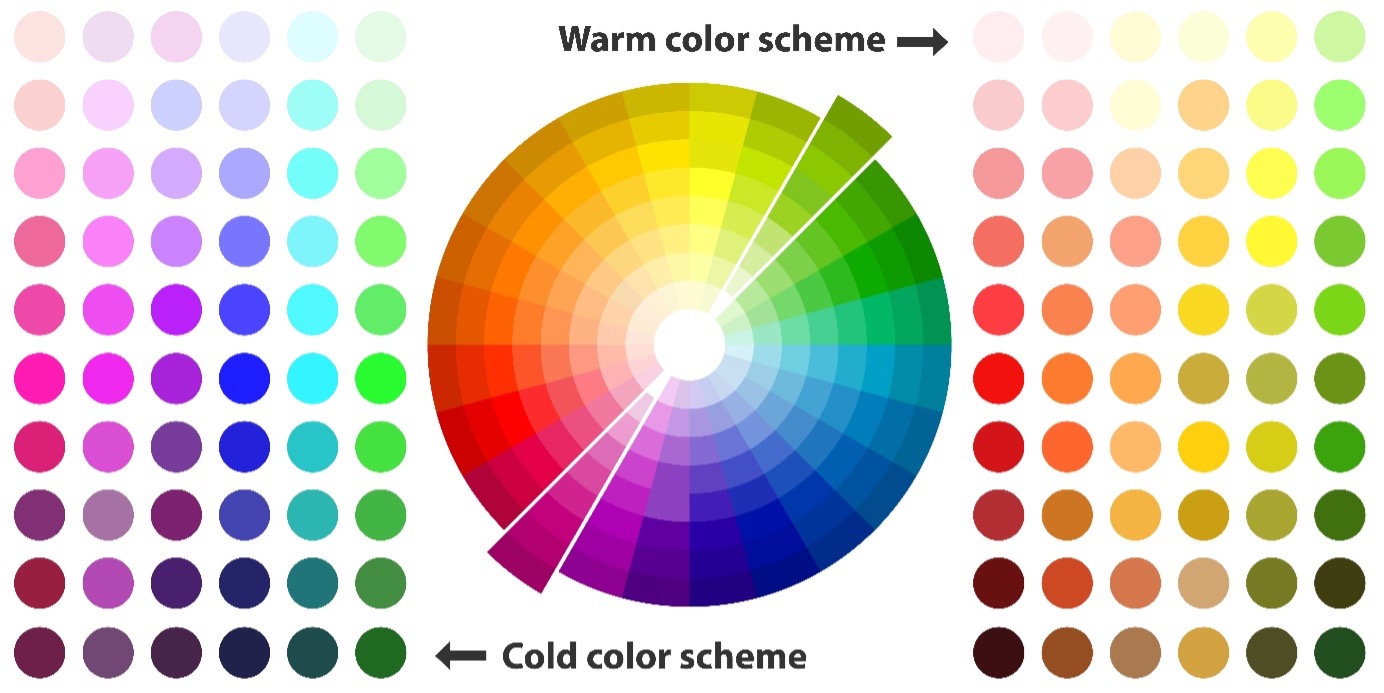The Importance of Colour in Interior Design
One of the most important and significant parts of home design is colour. The success or failure of a decorative plan is largely determined by the colour scheme used. Colour can be used to bring furnishings and finishes together to create a coherent and pleasant look. Because colour plays such an important role in defining a scheme’s mood, the designer should use the visual design concept as well as consideration of the room’s shape and proportions, guide and inform colour selection in order to create the intended impact.
Colour can also be used to alter the perceived size or proportions of a place, making tiny spaces appear larger and large spaces appear smaller. It has the ability to visibly reduce or raise oppressively low ceilings, brighten a dark area or make a bright room feel cosier. Colour can be the focal point or it can simply serve as a backdrop.
Colour Theory
Understanding colour theory can aid with colour harmonizing in house design. Colours may influence moods, add to the ambiance, and alter how a person feels, so picking the proper ones becomes critical.
Colours have a significant impact on human psychology and emotions. People frequently use different colour schemes in different regions of their homes to create different ambiances and moods. Lighter colours, for example, are used to produce a tranquil and open vibe, while darker colours are used to make a dramatic statement.
Choosing an interior colour scheme may be both stressful and exhilarating. It’s critical for interior designers to have a strong understanding of the colour wheel.

The Colour Wheel
An interior designer’s best buddy is the colour wheel! When it comes to figuring out which colours go well together, the colour wheel comes in handy.
The color wheel is an excellent tool for examining color relationships. It depicts the visible light spectrum (the rainbow’s colors, from red to violet) and combines the ends of the line to make a circle. The color wheel allows you to see and define color combinations that go together well
The colour wheel is made up of Primary, Secondary & Tertiary Colours
Colour Schemes
A colour scheme is created by use of a logical combination of colours through the colour wheel.
Colour Temperatures
There are cold and warm colours. Warm colours are Yellows & Reds, Cool colours are Blues & Greens

Psychological Effects of Colours
Emotions are evoked, moods are influenced, and the tone is established by colors.
Colour pshychology is how colours influence emotions, function, creativity & productivity. When surrounded by tranquil colours like blue and green a person will feel at ease. Whereas strong colours like maroon and orange will make you feel energized. White & grey hues will evoke calmness.
People react differently to colour schemes.
Color schemes play a significant role in interior design. The inhabitant’s mentality is influenced by the color of the walls, furnishings, natural components, decorative pieces, lights, and fixtures. It’s usually a good idea to pick color schemes that reflect the client’s personality and preferences. It makes people feel at ease and calm at home while also increasing their productivity at work.
The 60 – 30 – 10 Rule
What is the 60-30-10 Rule, and how does it work?
It’s a time-honoured decorating rule that aids in the creation of a colour scheme for a room. It indicates that the main colour should make up 60% of the space, the secondary colour or texture should make up 30% of the room, and the accent colour or texture should make up 10% of the room.
Personal Choice
What distinguishes one home interior from another is how it is decorated.
Assessing individual styles aids in the creation of color palettes and comprehension of the color context.
Personal preferences can be used as inspirations to create a color palette for your dining or living rooms.
We love this video on colour combination by D.Signers
